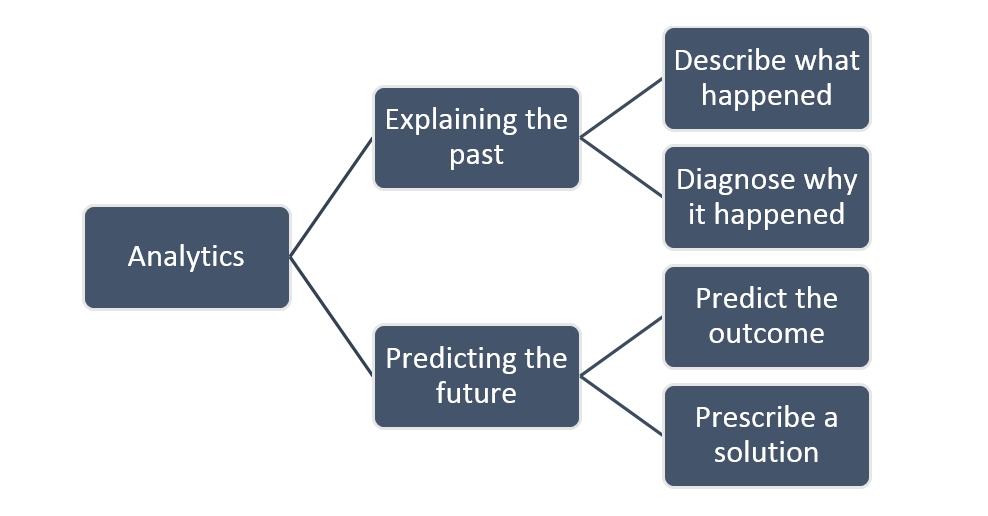The job of the sales teams is not easy as they work under heavy loads of pressure to reach their revenue goals or sales targets. In addition, there is always competition and barriers to entry which are usually not in their favour.
There is a massive amount of data available from various sources (CRM data, Marketing data, social media data of leads, actual project need, communication data). Still, it is fragmented, like pieces of a jigsaw puzzle. This means two things –
- No one knows if you have all the required pieces of the puzzle.
- No one can see the final picture, i.e., most likely prospects.
Organisations have realised the efficacy and reliability of data, which has boomed the necessity of analytics. But, unfortunately, most implementations with Tableau, R Programming, Qlik, SAS Business Intelligence, TIBCO Spotfire, etc., lack the ability to qualify your leads.
Let me elaborate, various methods of analysis of data can be split into two categories: explaining the past and predicting the future.

Most implementations are focused on explaining the past in the hope that the trends would be prominent enough to stand out, which can then help them qualify the leads. But this is not the case. Significantly few current analytics systems can predict the probability of success or prescribe how to approach a lead. This may be because of the unavailability of data or access to technology.
Unavailability of data: Organisations source the data via primary and secondary data collection methods; wherein, primary data collection methods include CRM software data, marketing data, surveys, polls, etc. Secondary data collection includes government and third-party reports, press releases, social media, magazines, business journals etc.
Access to technology: Here comes the role of a well-versed analytics team who can collect and organise the data, prepare accurate models, and deploy them to improve sales teams’ performance. The team can manage the data to explain the past, build predictive models that give the probability of conversion and produce prescriptions for approaching a lead based on their social data.
Why is this urgent?
Sales deals must be closed within a certain amount of time, which means that the sales team must pitch potential customers promptly to avoid losing them to another vendor.
Cold leads consume a significant amount of time and resources, causing the organisation to lose a potentially lucrative warm lead, where time and competition may be deciding factors.
Indeed, the sales team may be calling all 1000 prospects, but with insightful information about the leads, the sales team can focus on the ones with a higher probability of selling. In addition, by having the customer’s insights, the sales team can work straight on the warm leads first, which require less effort and time to get closed successfully.

Here is the result of the analysis by the University of Texas. It categorises the gains in different sectors, only 10% improvement in data usability/quality.

How can Saksoft help?
Organisations can benefit significantly from predictive analytics because it allows them to make the best use of their data. However, data analytics isn’t a game of chance, and it can be perplexing if the right partners/data experts aren’t involved. The data expert must be able to conduct in-depth analysis to determine areas for improvement, forecast outcomes based on the available data and present workable solutions.
At Saksoft, we serve with reliable analytics technologies to help you achieve and exceed your sales targets. Our team of highly qualified and experienced data engineers are familiar with how core data analytics should be implemented to assist our clients in visualising data, organising it, and predicting outcomes resulting from this data.
Even a slight increase in data usability can cause revenue to exceed the threshold.





